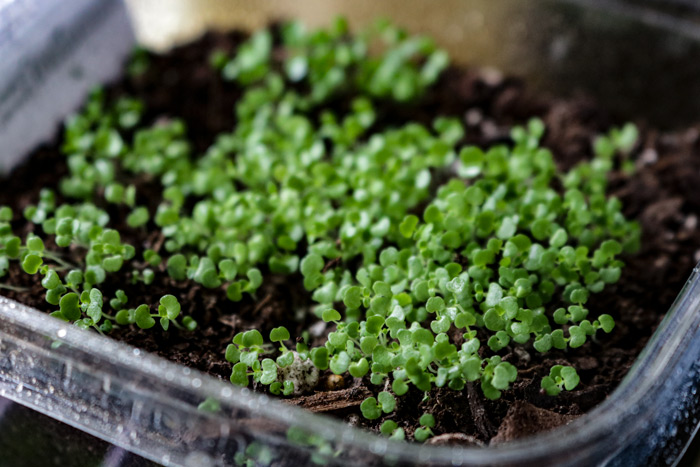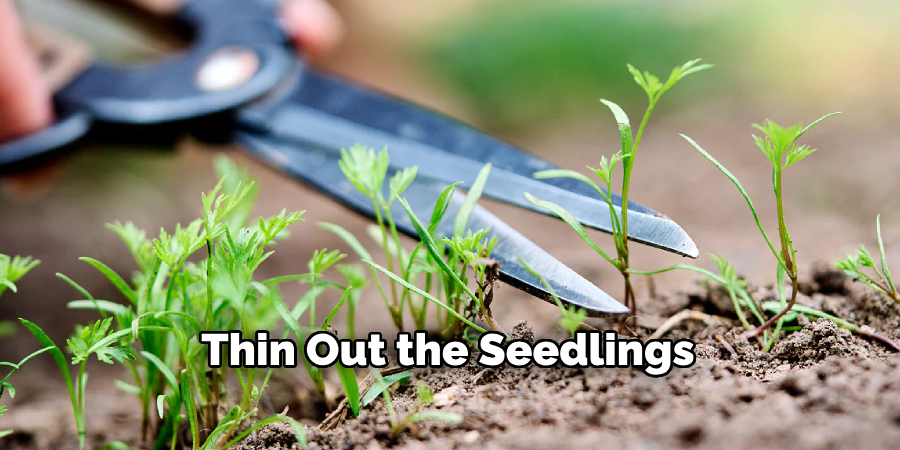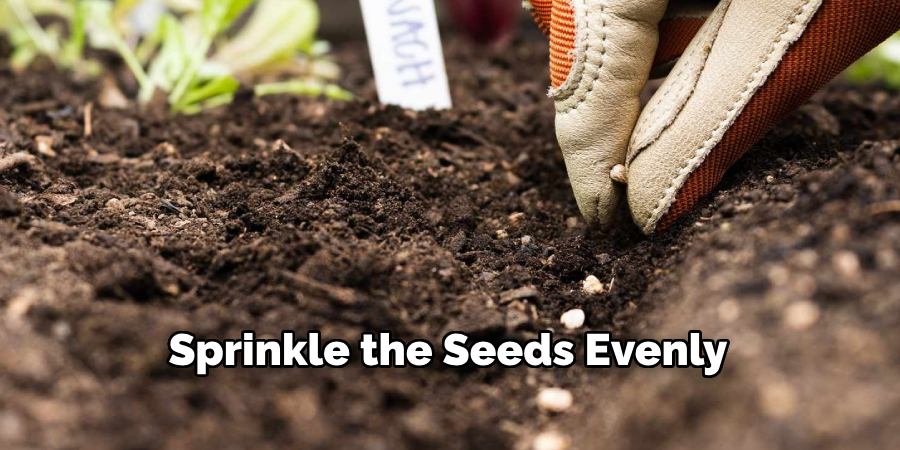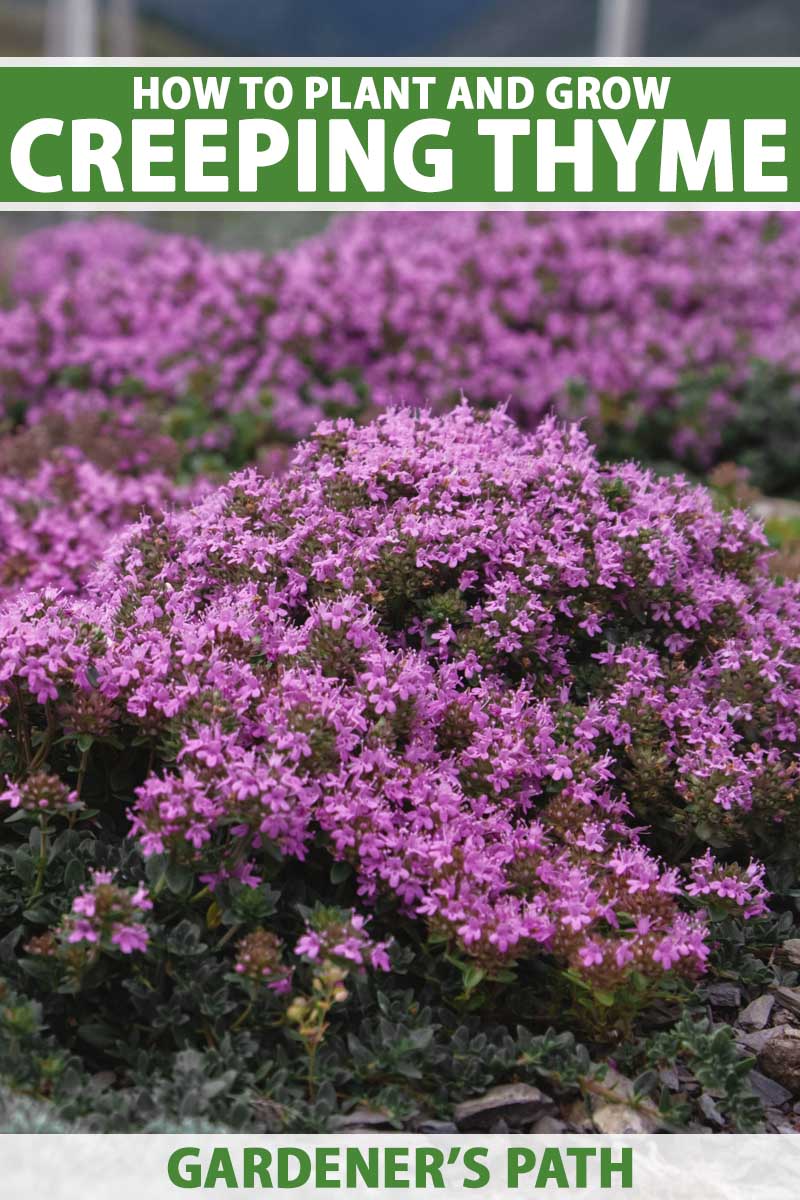To sow creeping thyme seeds, start by preparing a seedbed in a sunny location with well-draining soil. Sow the seeds directly on the soil surface and lightly cover them with a thin layer of soil.
Water the seeds gently and keep the seedbed consistently moist until germination occurs, which typically takes one to two weeks. Avoid overwatering to prevent rotting. Once the seedlings have emerged, thin them out to provide enough space for growth. With proper care and maintenance, your creeping thyme seeds will flourish into aromatic and attractive ground cover plants.

Credit: glaszart.com
How to Sow Creeping Thyme Seeds: Step by Step Guide
Choosing The Right Time And Location
Choosing the right time to sow creeping thyme seeds is crucial for successful growth. It is important to determine the optimal time based on your climate and the specific requirements of the thyme seeds. Additionally, selecting an ideal location for planting is essential.
Creeping thyme prefers well-drained soil and full sun exposure, so find a spot in your garden that meets these conditions. Before sowing the seeds, it is necessary to prepare the soil properly. This can be done by removing any weeds or debris, loosening the soil, and adding organic matter to improve its fertility.
By following these guidelines, you can ensure that your creeping thyme seeds have the best chance of thriving in your garden.
Preparing The Thyme Seeds For Sowing
Preparing the thyme seeds for sowing involves obtaining high-quality creeping thyme seeds, testing their viability, and properly storing them. Before sowing the seeds, it’s crucial to ensure that they are of good quality. To do so, purchase seeds from a reputable supplier and check their packaging for any signs of damage or age.
Once you have obtained the seeds, it’s important to test their viability by performing a germination test. This involves placing a few seeds on a damp paper towel and observing if they sprout within a specific time frame. Finally, ensure proper storage of the thyme seeds by keeping them in a cool, dry place in an airtight container.
Following these steps will help to ensure successful germination and growth of your creeping thyme seeds.
Sowing Creeping Thyme Seeds
To successfully sow creeping thyme seeds, start by clearing the area where you plan to plant. Next, create furrows in the soil for the seeds. Sprinkle the thyme seeds evenly along the furrows. Once the seeds are in place, cover them with soil or mulch.
Ensure that the seeds are not buried too deeply; a light covering is sufficient. Provide adequate water to keep the soil moist, but avoid overwatering. With proper care and attention, the creeping thyme seeds will germinate and grow into beautiful plants.
Enjoy the aromatic fragrance and vibrant colors the thyme will bring to your garden or landscape. Happy sowing!
Caring For Newly Sown Thyme Seeds
Sowing creeping thyme seeds is a simple process that requires proper care. After sowing, the newly planted seeds need adequate watering to ensure their growth. Sunlight is crucial for thyme seeds, so placing them in an area with sufficient sunlight is necessary.
Protecting the seeds from pests and weeds is essential to help them thrive. Regular monitoring of soil moisture levels is important, as it allows adjustments to be made accordingly. Overall, taking these measures will give the thyme seeds the best chance of flourishing into beautiful plants.
Encouraging Germination And Growth
Sowing creeping thyme seeds requires understanding germination signs and promoting optimal growth conditions. Pay attention to small sprouts indicating successful germination. To ensure adequate growth, provide ample sunlight and well-drained soil. Water the seeds consistently, keeping the soil moist but not soaked.

To avoid overcrowding, thin out the seedlings, allowing each plant enough space for proper growth. Gently remove excess seedlings, leaving only the strongest ones. This will prevent competition for nutrients and promote healthier growth. Taking these measures will encourage the best possible germination and growth for your creeping thyme seeds.
Maintenance And Continued Growth
Sowing creeping thyme seeds is just the beginning when it comes to successfully growing this low-maintenance plant. To ensure its continued growth, regular watering and fertilizing are essential. By providing adequate moisture and nutrients, you can create an ideal environment for the thyme seeds to flourish.
Additionally, pruning and trimming the plant periodically will encourage spreading, resulting in a lush and vibrant carpet of thyme. However, it’s important to be aware of common thyme seedling issues and take appropriate measures to address them. Whether it’s dealing with pests or diseases, being proactive in identifying and resolving these problems will contribute to the long-term success of your creeping thyme garden.
Overall, by following these maintenance practices, you can enjoy a beautiful and thriving thyme-filled landscape.
Harvesting And Using Creeping Thyme
Knowing when to harvest creeping thyme is crucial for achieving the best results. Harvesting techniques and tips play a significant role in the process. Once harvested, creeping thyme can be utilized in various culinary and decorative applications. Its fragrant and aromatic properties make it perfect for adding flavor to dishes or creating beautiful arrangements.
In the kitchen, creeping thyme can be used fresh or dried to enhance the taste of soups, sauces, and roasted meats. Decoratively, it can be incorporated into wreaths, potpourri, or floral arrangements to add a touch of natural beauty. Whether you’re an avid gardener or a culinary enthusiast, learning how to sow and harvest creeping thyme seeds opens up endless possibilities for using this versatile herb.
Troubleshooting Common Sowing Challenges
Sowing creeping thyme seeds can sometimes pose challenges, especially when it comes to germination. Addressing germination problems includes ensuring proper soil moisture and temperature. If seedling weakness or disease occurs, it is crucial to identify and treat the issue promptly.
Diseases can be prevented by providing good air circulation and avoiding overwatering. To prevent overcrowding and invasive behavior, it is important to space the seeds adequately and maintain regular pruning. By following these tips, you can successfully sow creeping thyme seeds and enjoy their beautiful spread in your garden.
Frequently Asked Questions For How To Sow Creeping Thyme Seeds
How Do You Sow Creeping Thyme Seeds?

To sow creeping thyme seeds, first prepare a seed tray with moist soil. Sprinkle the seeds evenly over the soil surface and lightly press them in. Keep the tray in a warm and well-lit area, and water regularly to keep the soil slightly moist.
Seedlings should emerge within two weeks.
When Is The Best Time To Sow Creeping Thyme Seeds?
The best time to sow creeping thyme seeds is in early spring after the last frost has passed. This allows the seeds to germinate and establish before the hot summer weather. However, you can also sow them in fall, around 8 weeks before the first expected frost, for early spring growth.
How Long Does It Take For Creeping Thyme Seeds To Germinate?
Creeping thyme seeds typically take around 10 to 14 days to germinate under ideal conditions. However, germination time can vary depending on factors such as temperature and seed quality. It is important to keep the soil consistently moist and provide a warm environment for quicker and more successful germination.
Conclusion
Sowing creeping thyme seeds is a rewarding and straightforward process that any gardener, whether experienced or a beginner, can easily accomplish. By following the steps outlined in this blog post, you will be able to successfully sow and grow your very own creeping thyme plants.
The first step involves preparing the soil by removing any weeds and loosening it to ensure proper drainage. Next, you will need to scatter the seeds evenly over the soil surface and lightly cover them with a thin layer of soil.
Regular watering is essential during the germination period, and once the plants have grown, they require minimal maintenance. With its attractive foliage and delightful aroma, creeping thyme is a versatile plant that can complement various garden landscapes. Whether used as groundcover, in rock gardens, or as part of a herb garden, cultivating creeping thyme will add beauty and functionality to your outdoor space.
So why wait? Start sowing your creeping thyme seeds today and enjoy the benefits it brings to your garden!

